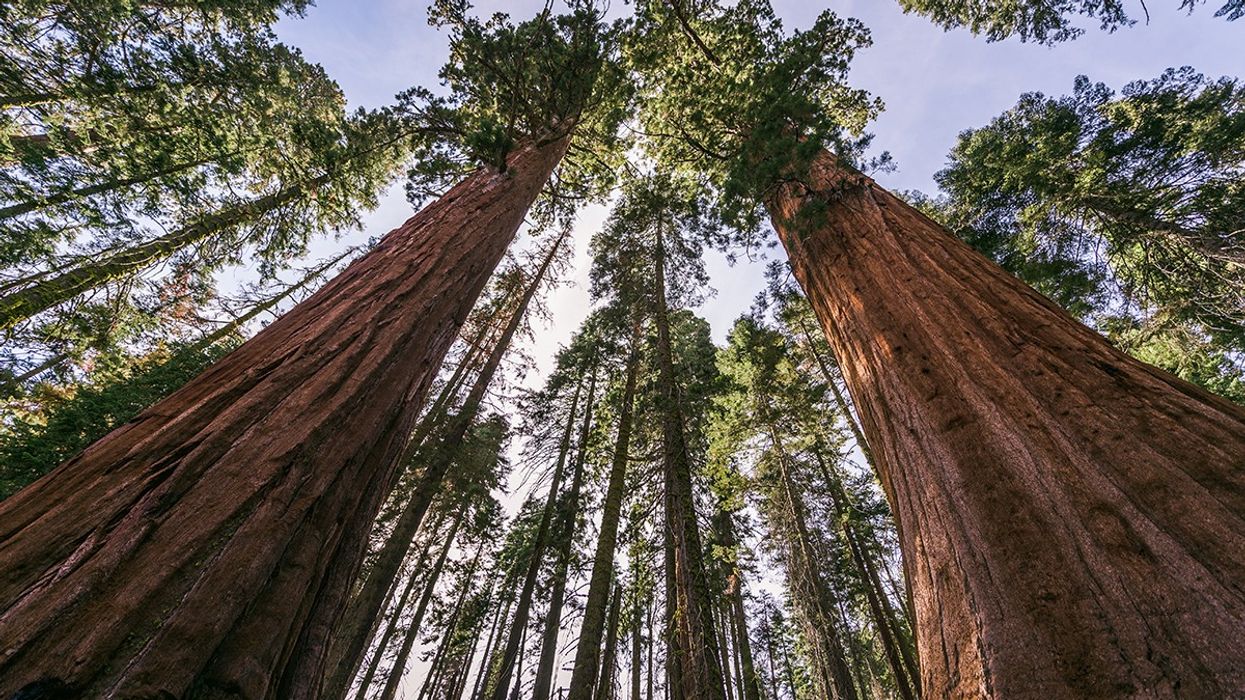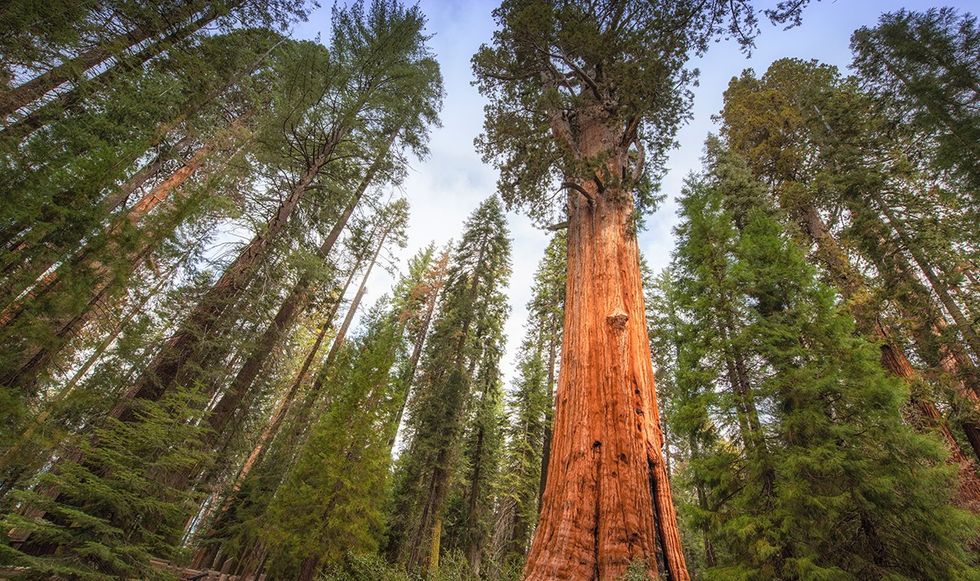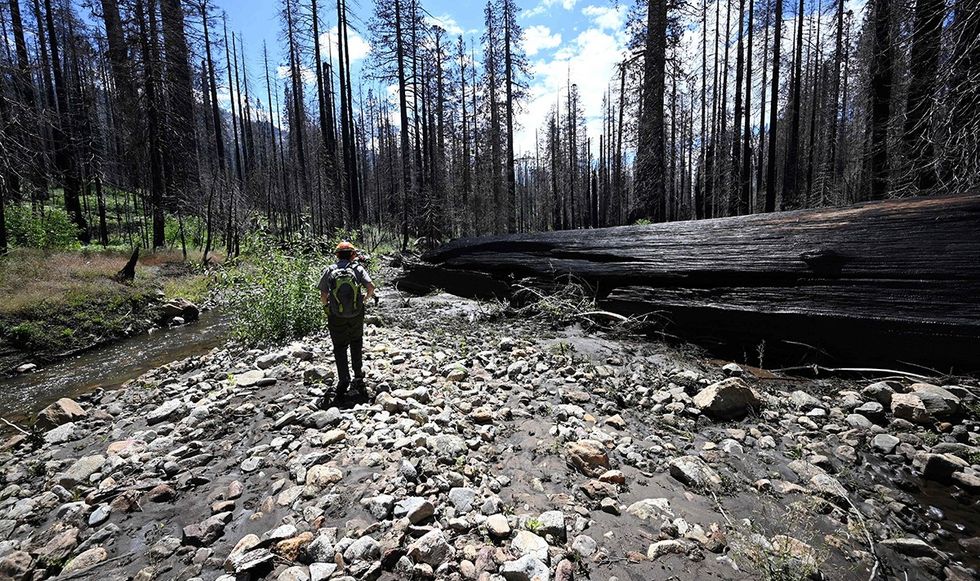Giant Sequoia BOOMS in Britain: California redwoods find happier home on UK soil and could grow as tall as their American counterparts

Giant redwoods are better suited to Britain's wet climate than their native home of California
|Getty Images

There are an estimated half a million giant sequoia in Britain - far outnumbering those found in their native home of California
Don't Miss
Most Read
Latest
Britain's wet climate is providing a safe haven for one of the world's biggest trees, a new study has found.
The giant sequoia - an endangered species native to California - was first imported to the UK in 1853 and became a symbol of Victorian wealth, owing in part to its rarity and novelty.
The once rarefied species has now become anything but: an estimated half a million redwoods are growing in the UK compared with just 80,000 still growing in California’s Sierra Nevada mountains.
The giant sequoias, which can grow up to 90m (nearly 300ft) tall over their 3,000-year lives, are already some of the country’s largest trees, despite only being introduced in the mid-19th century.

The species became a symbol of wealth in Victorian Britain, owing to their rarity and novelty
|Getty Images
However, they are yet to grow as tall as their Californian counterparts, with the highest measuring 54.87m.
Nonetheless, the University College London (UCL)-led study shows that the enormous trees grow at similar rates to those in their native California range, despite the differences in the ecological situation, and can capture large amounts of carbon when they grow in Britain.
The growing interest in planting more redwoods, as well as their potential for storing carbon, prompted a team of researchers to find out more about their growth and carbon uptake in the UK.
To this end, researchers from UCL, with colleagues from the Royal Botanic Gardens, Kew, set out to analyse the growth rate and resilience of giant sequoias in the British climate – which is milder and with a wider range of rainfall than in their native ecosystem – for the first time.
Because of their history, many of the specimens’ ages are known, helping scientists to calculate their growth rate.
The team compiled the first dedicated map of giant sequoias in the UK, mapping nearly 5,000 known trees.
They analysed 97 individual trees at three sites, from an avenue at Benmore Botanical Garden, Dunoon, Scotland, at Kew’s Wakehurst Place in West Sussex, and along a path in mixed woodland in Havering Country Park, Essex.
They used 3D terrestrial laser scanning to make detailed structural measurements of the trees to assess their above-ground biomass.
Co-author Dr Phil Wilkes, formerly of UCL and now at Royal Botanic Gardens, Kew, said: “Using the latest laser scanning technology has allowed us to accurately ‘weigh’ these massive trees without having to cut them down.
LATEST DEVELOPMENTS

Giant Sequoia trees are rapidly declining in California due to high severity wildfires
|Getty Images
“This means we can measure many more trees as well as revisit them in the future.”
The analysis found the trees at Kew’s Wakehurst Place and Benmore grew at similar rates to US counterparts, although the Scottish trees were slightly taller and slimmer than those in West Sussex.
The trees at Havering grew more slowly, which was likely due to lower rainfall and competition in the dense woodland, the researchers said.
The study found that UK grown sequoias can lock up carbon at a rate of 85kg a year, varying with climate, management and age.
The tallest tree they found measured 54.87 metres (about 180ft), smaller than their US counterparts, in part due to the UK specimens’ youth.
The study’s lead author Ross Holland, formerly a master’s student at UCL and now at East Point Geo, said: “Giant sequoias are some of the most massive organisms on Earth and in their native range make up some of the most carbon dense forests in the world due to their great age.
“We found that UK redwoods are well adapted to the UK and able to capture a large amount of carbon dioxide.
“We hope that these findings can help guide decisions on future tree planting and management.”
The researchers stress that the best way to tackle climate change is to cut carbon emissions from burning fossil fuels, and how trees would fare in the UK’s changing climate over the next 160 years and more needs to be taken into consideration when planting.
The research was published in the journal Royal Society Open Science.










